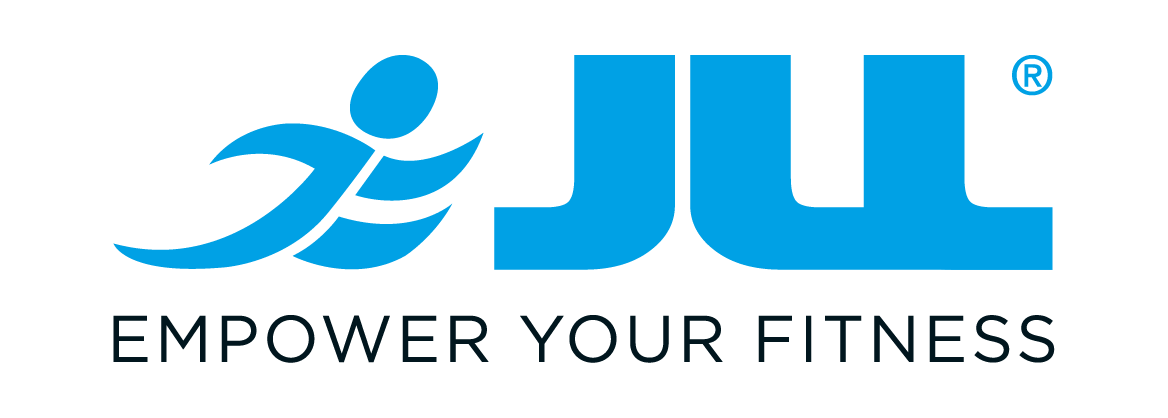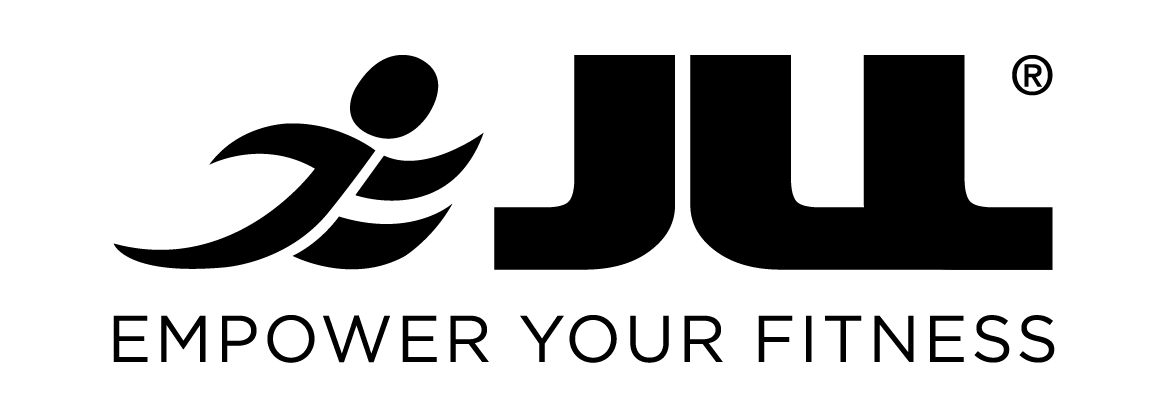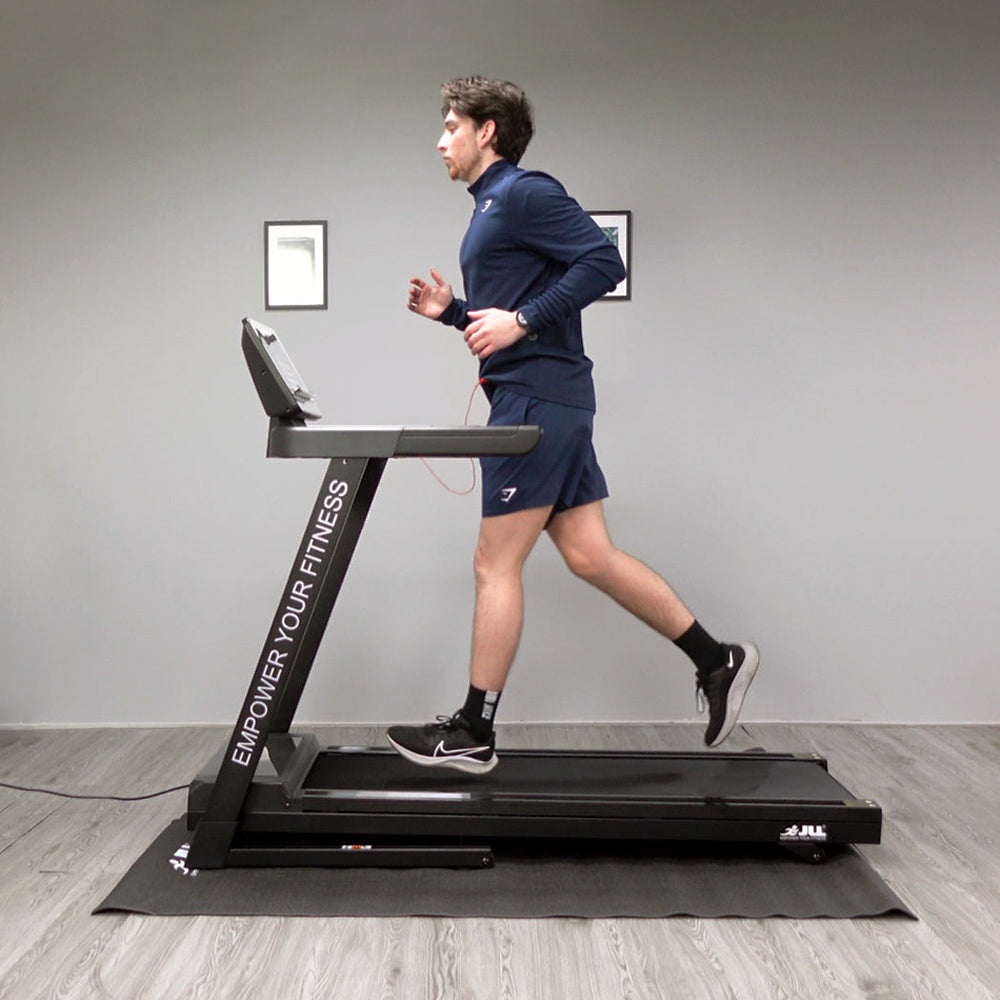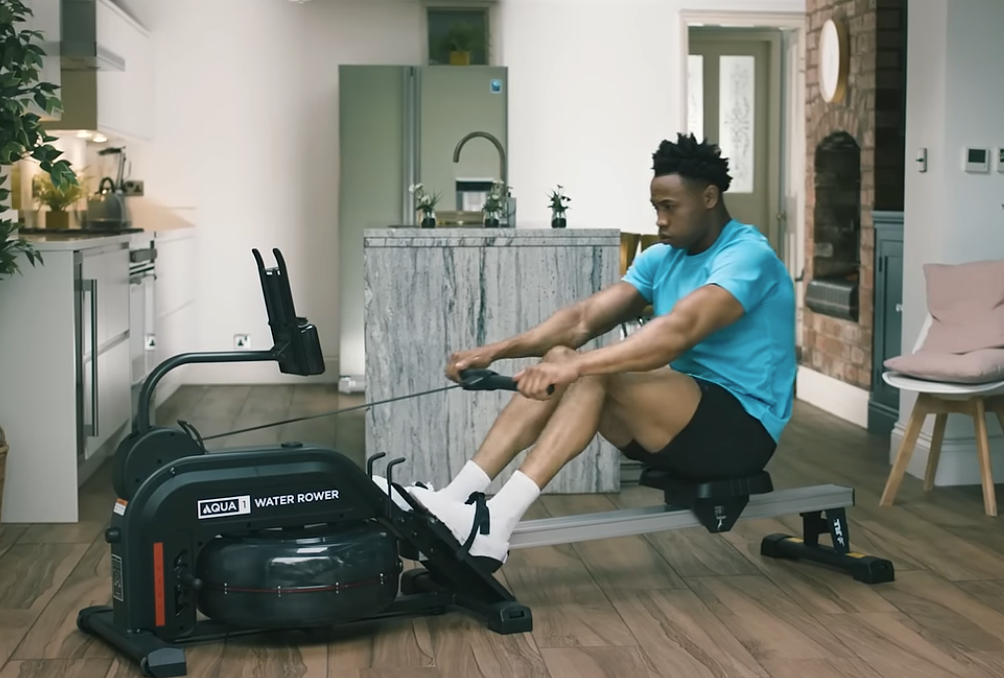When it comes to strength training, one of the most common questions asked by beginners and seasoned gym-goers alike is: Should I use free weights or machines? Both have their benefits, and knowing when and how to use each can help you get the most out of your workouts.
In this post, we’ll break down the pros and cons of free weights and machines to help you decide which is best for your goals.
What Are Free Weights?
Free weights include dumbbells, barbells, kettlebells, and any other equipment not attached to a machine. They allow a full range of motion and require you to stabilise the weight as you lift.
Pros of Free Weights
• More muscle activation: Because you have to stabilise the weight, you engage more muscles, especially your core and smaller stabilising muscles.
• Functional strength: Free weight movements often mimic real-life activities, helping you build strength that's transferable outside the gym.
• Variety: There’s a wide range of exercises you can perform, making workouts more dynamic and customizable.
• Improves balance and coordination: Since you’re controlling the weight, your neuromuscular system becomes more efficient.
Cons of Free Weights
• Higher risk of injury if form is incorrect.
• Intimidating for beginners, especially without guidance.
• Harder to isolate specific muscles if you're rehabbing an injury or targeting a weak area.
What About Machines?
Machines are typically fixed-path equipment that guide your movement through a set range, like the leg press, chest press, or lat pulldown.
Pros of Machines
• Beginner-friendly: Machines often have instructions and are easy to learn quickly.
• Safer for solo workouts: Since the weight is guided, the risk of dropping it or moving incorrectly is reduced.
• Great for isolation: Machines allow you to target specific muscles, which is helpful for bodybuilding or rehabilitation.
• Easier to progress: Adjusting weight on a machine is quick and consistent.
Cons of Machines
• Limited range of motion can reduce overall muscle engagement.
• Less core and stabiliser activation, which might mean slower functional strength gains.
• Can create muscle imbalances if you're overly reliant on them and neglect compound movements.

So, Which Should You Use?
Use Free Weights If You Want To:
• Build functional, full-body strength
• Improve athletic performance
• Engage more muscles in fewer movements
• Train your balance, coordination, and core
Use Machines If You Want To:
• Isolate specific muscles
• Focus on hypertrophy (muscle growth)
• Train safely if you're new to lifting or returning from injury
• Supplement a free weight routine
Best of Both Worlds
The truth is, you don’t have to choose one or the other. The most effective strength programs usually include both. For example:
• Start your workout with compound lifts using free weights (like squats or deadlifts).
• Finish with machine-based isolation work (like leg curls or cable flyes).
This hybrid approach helps you maximise strength, size, and safety.
Final Thoughts
There’s no one-size-fits-all answer to the free weights vs. machines debate. The “best” option depends on your experience level, goals, injury history, and personal preference. Whether you're lifting a barbell or pushing a machine, consistency and proper form will always be the keys to progress.
Listen to your body, mix it up, and train smart.










Leave a comment
All comments are moderated before being published.
This site is protected by hCaptcha and the hCaptcha Privacy Policy and Terms of Service apply.